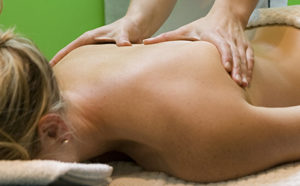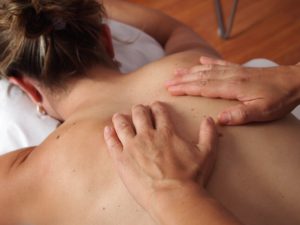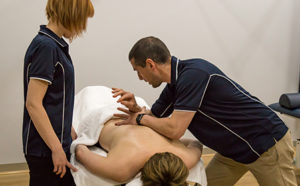3 massages that can help dementia patients
While there are many types of massage therapy, several specific massages can target pain points or pressure areas to relieve stress in dementia patients. With the numbers of elderly people increasing in Australia, it is expected that care for dementia patients will be in demand. Massage therapy courses in Melbourne are an excellent place to start a career in caring for older patients.
The impact of dementia in Australia
Dementia is particularly common in people aged 65 years and over, as noted by Fight Dementia Australia. According to the last census from the Australian Bureau of Statistics (ABS) in 2011, there were 3.1 million people in Australia over the age of 65 that year. Moreover, between 1971 and 2011 the proportion of people 65 years and over increased to 14 per cent. As for people aged more than 85 years, the research showed that the numbers more than tripled.
There are several types of dementia:
- Alzheimer's disease
- Vascular dementia
- Parkinson's disease
- Dementia with Lewy bodies
- Fronto Temporal Lobar Degeneration
- Huntington's disease
- Alcohol related dementia (Korsakoff's syndrome)
- Creutzfeldt-Jacob disease
What is particularly troubling is that there is currently no cure for most forms of dementia. Due to this, helping dementia patients through massage therapy can be very rewarding as it can ease some of their strain.
How massage can help
In the April 2015 volume of 'Massage Today', medical professional Ann Catlin wrote an article on the positive effects of massage therapy in dementia care. Catlin noted the medical industry as a whole is aiming to reduce the reliance on anti-psychotic medication in dementia treatment by turning to alternate solutions.
Massage therapy is a key solution in this context, especially because it prioritises human interaction. Plenty of research has found that caring for dementia patients stems from strong relationship-building. Lack of human touch is a major problem for frail or ill elderly people. It causes negative feelings of anxiety, isolation, loneliness and lack of trust in their caregivers.
Almost all Australians with a psychological disability (96 per cent) reported needing assistance or facing difficulty with at least one aspect of daily life, according to the ABS 'Survey of Disability, Ageing and Carers' conducted in 2012. Massage therapy would be an excellent way to help them.
Here are three useful massages for dementia care:
1. Hand massage
As little as five minutes of hand massage has been found to reduce cortisol levels and produce a physiological relaxation response. Gently pressing the palm and rubbing the knuckles in therapeutic motions has helped dementia patients reduce their agitated behaviour during morning care routines.
2. Slow-stroke back massage
This method uses uses effleurage, which requires moving the palm of the hand in long, firm and rhythmic strokes. Often these rhythms follow patterns, such as forming a figure-of-eight motion on both sides of the back. This form of massage helps induce sleep and releases endorphins. In some cases, it has also decreased blood pressure. Such treatment for dementia patients is valuable in improving their mood and outlook on the more severe parts of their treatment.
3. Foot massage
In volume 30 from the 2011 issue of the 'Australasian Journal on Ageing', authors Wendy Moyle, Amy Johnston and Siobhan O'Dwyer published an article entitled 'Exploring the effect of foot massage on agitated behaviours in older people with dementia: A pilot study'. Their research found that ten minutes of foot massage reduced agitative behaviour symptoms such as verbal aggression, wandering and repetitive movements. Better yet, daily foot massages reduced such behaviour after just two weeks, for both male and female dementia patients.
Pursuing a career as a massage therapist can prove to be very emotionally fulfilling in such contexts.





